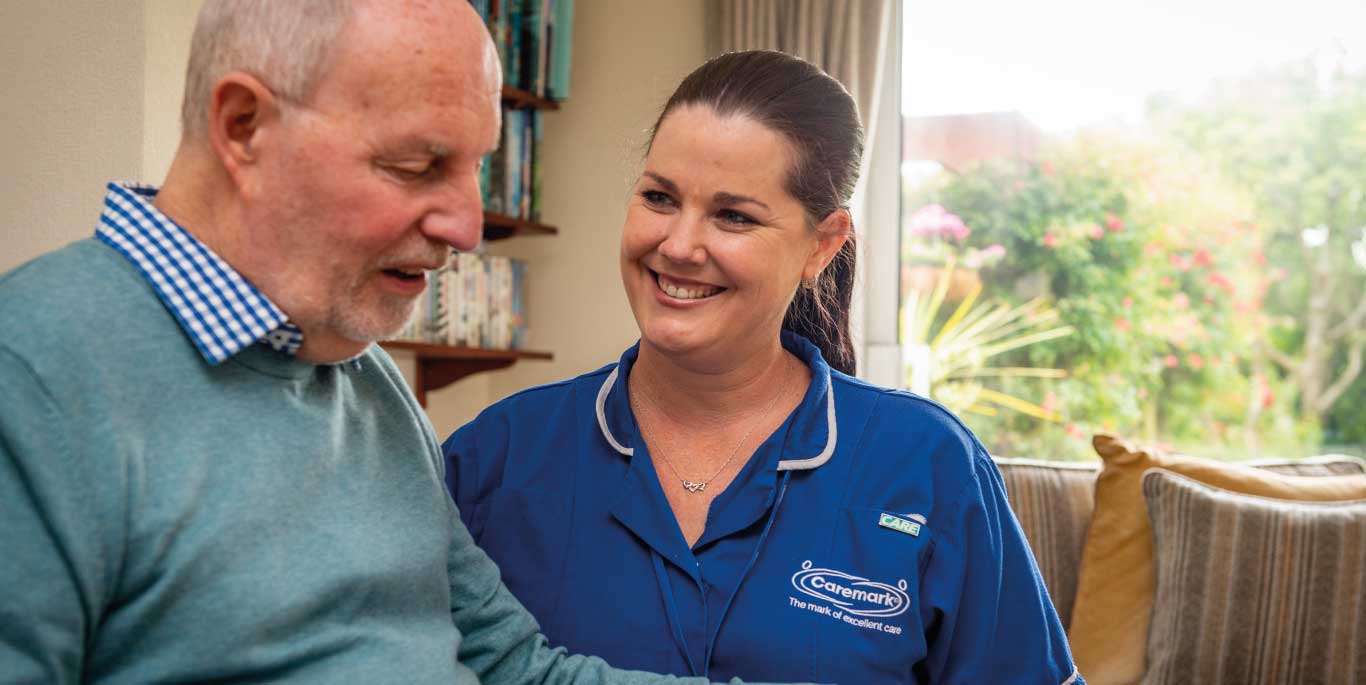Halloween Safety Tips

In this guide, we’ll explore the challenges older people face and offer practical Halloween safety tips to ensure that this festivity is a safe and enjoyable experience for everyone, no matter the age or circumstances. Halloween, with its enchanting costumes and the allure of trick-or-treating, is a season of magic and joy for many. However, it can also be a time of distress and discomfort for older individuals, particularly those living alone or struggling with dementia.
Understanding the Challenges
Halloween can be an unsettling experience for older people for several reasons:
- Street Noise: The exuberant shouts and revelry in the streets can make older individuals uneasy, stirring up fears.
- Doorway Disturbance: Frequent knocks and doorbell rings, especially if loud or unexpected, can create stress. For those with physical limitations, constantly getting up to answer the door can increase the risk of falls or injury. The presence of large groups of older children can also be intimidating.
- Dementia Dilemma: For people with dementia, Halloween presents a unique set of challenges. Routine is crucial for individuals with dementia, and the arrival of unexpected visitors in unfamiliar costumes can trigger confusion and challenging behaviors. Decorations, whether inside or outside, can add to this confusion, potentially causing feelings of danger.
Now that we have looked into the challenges the older individuals face, let’s look at some Halloween safety tips to prevent incidents and caos.
Halloween Safety Tips to Stay Safe
While these Halloween safety tips may not fit every situation, they can serve as a foundation to reduce risks during this festivity:
1. Clear Pathways: Keep entryways and floors clear. Ensure mobility aids are in good working order so that your loved one can safely reach the door if they choose to.
2. Personal Alarms: Consider investing in a personal alarm that can be worn as a pendant or wrist bracelet. These devices allow the wearer to call for help at the touch of a button if they feel unsafe.
3. Companionship: One of the most important Halloween safety tips is arranging for someone to visit and sit with your loved one during peak trick-or-treating hours. (Usually between 6 pm and 9 pm.)
4. Dim the Lights: If safe and if you wish to, turn off outdoor lights and draw the curtains to indicate that no one is home to deter trick or treaters.
5. Secure Entry: Use a video doorbell, spy hole, or door chain to screen visitors before opening the door. Ensure your loved one knows they can choose not to answer the door if they feel uncomfortable.
6. Treat Bowl: Place a bowl of treats at the end of the driveway or garden path to deter unaccompanied children from approaching the door.
7. Distractions: To minimise external noise, engage your loved one in conversation, play their favorite music, or enjoy a classic movie marathon together.
Dementia–friendly Halloween Safety tips
To create a comfortable environment for a loved one with dementia, consider the following halloween safety tips:
1. Decorations: Limit decorations that might cause confusion or agitation, such as interactive decorations with noises and flashing lights.
2. TV Content: Be mindful of what they watch on television, as many channels air horror movies. Block certain channels if possible, or keep them occupied with their favorite DVD or quiet activities like reading, sewing, or reminiscing with family photos.
3. Soothing Sounds: Play calming music to distract from unusual noises outsid, such as ambient music or classical music.
4. Seasonal Activities: Focus on the autumn season itself by engaging in crafts or tactile games, such as baking and decorating treats with seasonal ingredients, creating art with leaves and twigs, or playing a sensory guessing game with autumnal items.

Creating a Safe Place for the Aged
Our responsibility extends to every individual in our community, so it is important to follow these Halloween safety tips to make sure we are not disturbing or disrubting the calm of an older member of the community:
1. Thoughtful Trick-or-Treating: Avoid houses without decorations or pumpkins, or those with the porch light turned off, as they may prefer not to participate.
2. Awareness: If you know an older or frail person resides at a certain house, be considerate and avoid knocking on their door.
3. Respect Boundaries: Knock or ring the doorbell just once. If there’s no answer, respect their decision not to answer the door and move on.
4. Noise Control: Be mindful of making excessive noise after dark, as it can be distressing to older individuals.
By following these Halloween safety tips and being considerate of the unique needs of older people, we can ensure that this festivity is a safe and enjoyable experience for everyone in our community, regardless of age or circumstance.